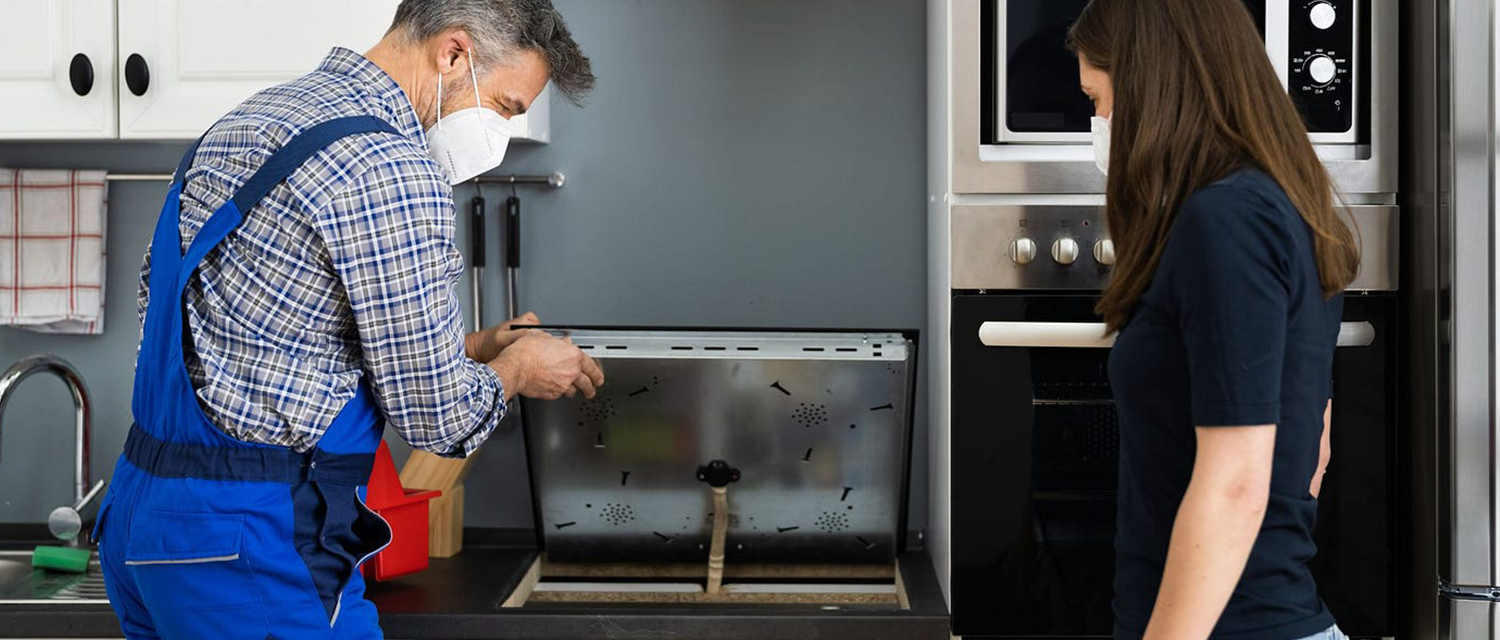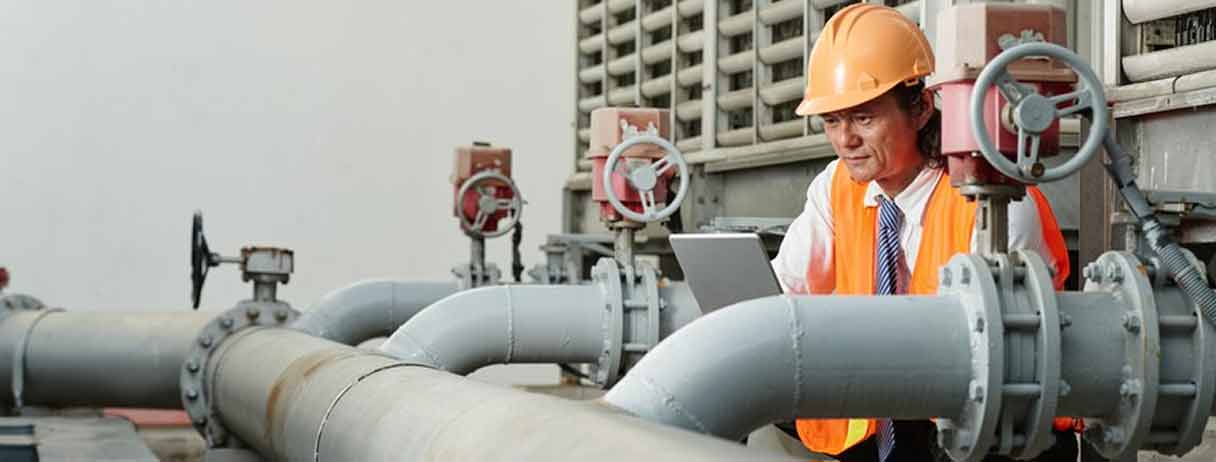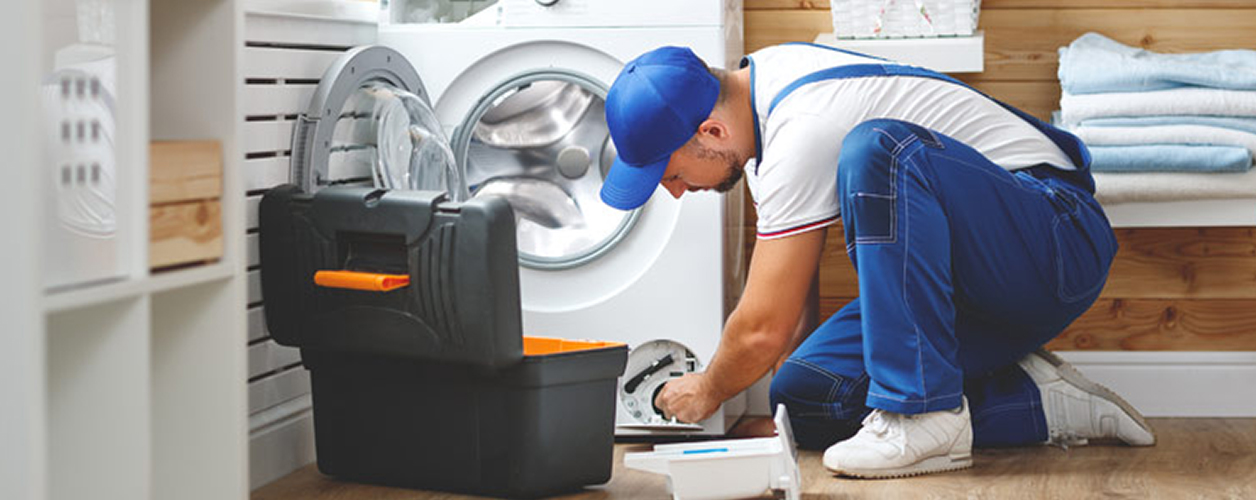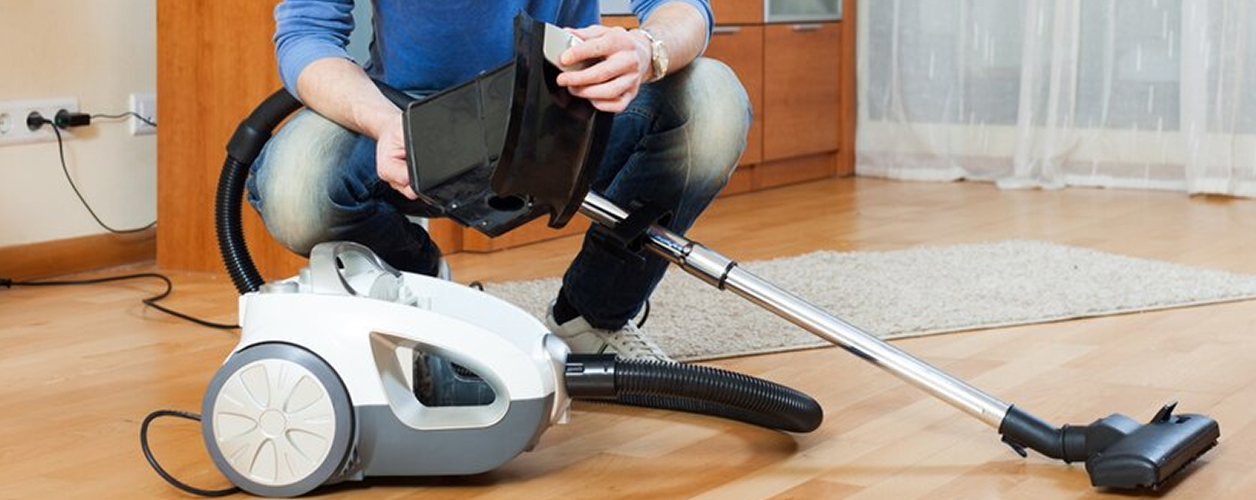Installing home appliances can be a daunting task for many homeowners, but with the right guidance, it becomes a manageable and even rewarding endeavour. In this comprehensive guide, we'll walk you through the installation process of three essential home appliances: a washing machine, a dishwasher, and a microwave oven.
1. Washing Machine Installation:
A washing machine simplifies laundry, automating the process with water, detergent, and cycles for efficient cleaning. Its spinning drum removes dirt, ensuring fresh clothes.
Location and Preparation:
- Choose a suitable location with a levelled surface near the water supply and drainage connections.
- Ensure the area is well-ventilated to prevent mould and mildew.
Water Supply and Drainage:
- Connect the washing machine to the cold and hot water supply lines.
- Attach the drain hose securely to the drainage system.
Electrical Connection:
- Plug the machine into a grounded electrical outlet.
- Follow the manufacturer's guidelines for electrical requirements.
Leveling and Testing:
- Adjust the machine's feet to ensure it's level.
- Run a small load to check for any leaks or unusual sounds.
Dishwasher Installation:
A dishwasher, a kitchen marvel, streamlines dish cleaning. Water jets and detergent tackle grease, leaving dishes spotless. It saves time and effort, promoting kitchen hygiene.
Choosing the Location:
- Select a spot close to the sink to ease plumbing connections.
- Ensure there's adequate space for the dishwasher door to open fully.
Water and Drainage Connections:
- Connect the water supply line to the hot water source under the sink.
- Attach the drain hose to the sink's drainage system or garbage disposal.
Electrical Wiring:
- Install a dedicated electrical circuit for the dishwasher.
- Connect the power cord according to the manufacturer's instructions.
Securing the Dishwasher:
- Secure the dishwasher to the adjacent cabinets to prevent tipping.
- Check for any leaks during a trial run without dishes.
Microwave Oven Installation:
A microwave oven revolutionizes cooking, emitting microwaves to heat food quickly. Its efficiency and convenience make it a kitchen essential, redefining meal preparation in minutes.
Choosing the Location:
- Place the microwave on a flat, sturdy surface near an electrical outlet.
- Allow sufficient space for ventilation, especially for built-in models.
Electrical Connection:
- Plug the microwave into a grounded outlet.
- Avoid using extension cords and ensure a dedicated circuit.
Ventilation and Clearances:
- Follow the manufacturer's guidelines for ventilation clearances.
- Keep the area around the microwave free of obstructions.
Testing and Usage:
- Perform a quick test to ensure all functions are working correctly.
- Familiarize yourself with the microwave's features for safe and efficient use.
General Tips for Appliance Installation:
Read the Manuals:
Safety First:
- Turn off electricity and water sources before starting any installation.
- Use personal protective equipment if necessary.
Professional Assistance:
- If in doubt, don't hesitate to seek professional help, especially for complex installations.
Tools and Materials:
- Gather all necessary tools and materials before starting the installation.
- This may include wrenches, screwdrivers, and plumber's tape.
Compliance with Codes:
- Ensure that the installation complies with local building codes and regulations.
Conclusion
With this comprehensive guide, homeowners can confidently navigate the installation process of essential home appliances. Following the manufacturer's instructions, prioritizing safety, and, when needed, seeking professional assistance will help ensure a successful installation. Taking the time to install these appliances correctly not only ensures their longevity but also contributes to the overall safety and efficiency of your home.













